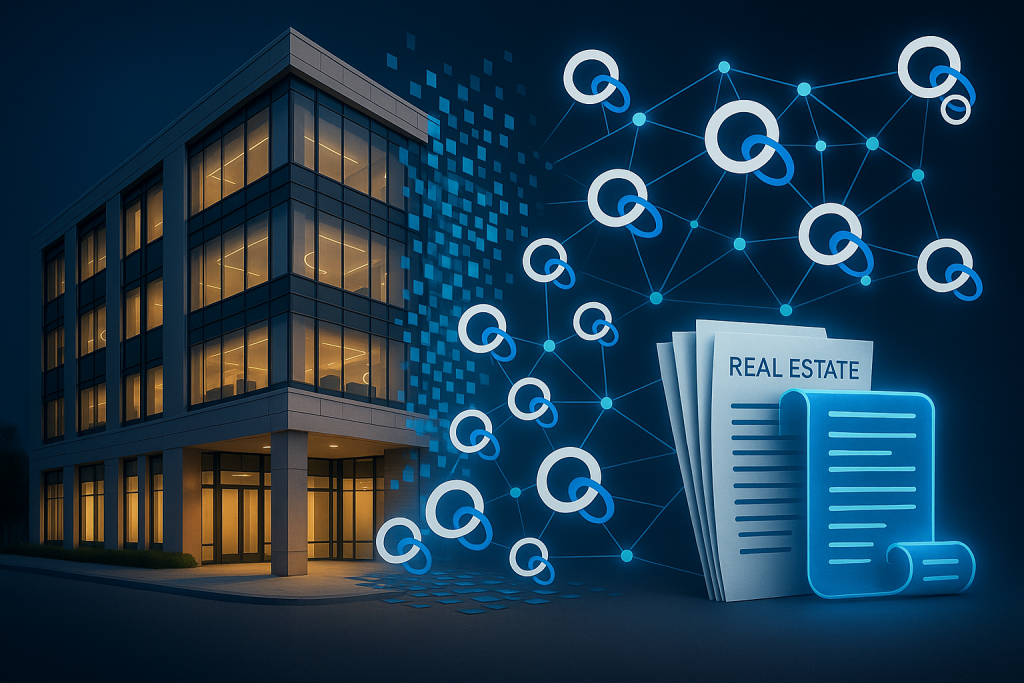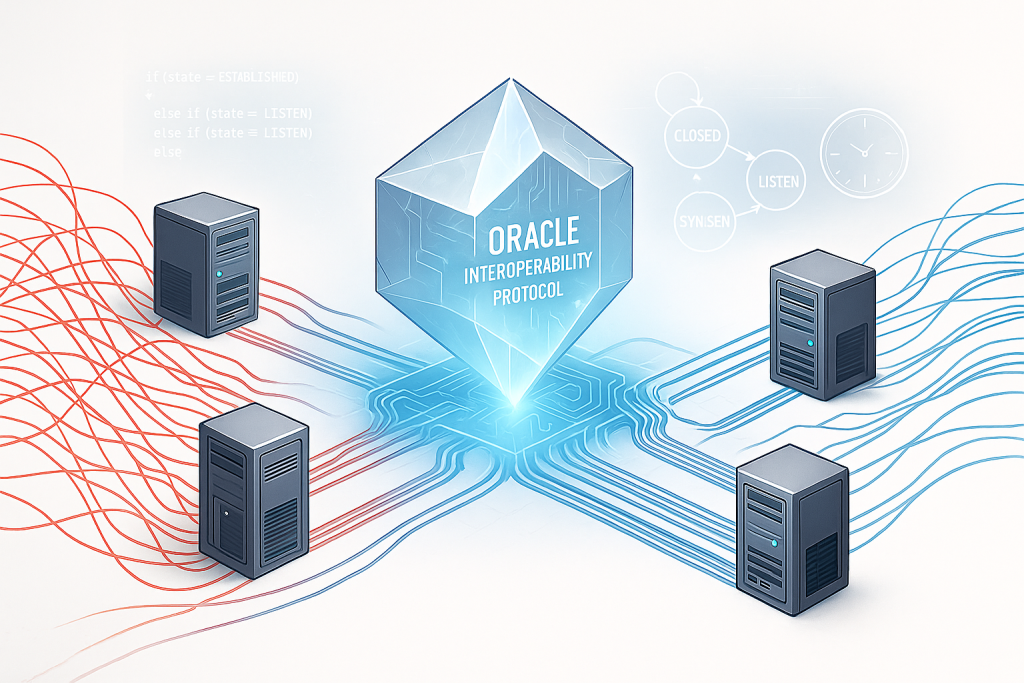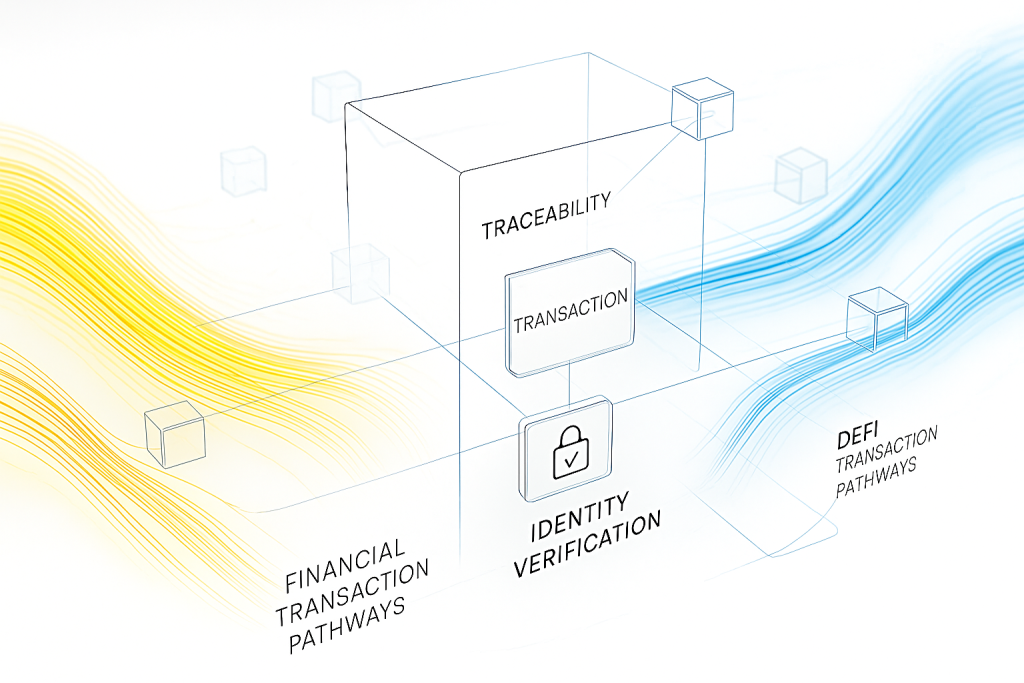TL;DR
- The real estate tokenization market is expected to grow from $3.5 billion in 2024 to $19.4 billion by 2033, but current development is limited by legal complexity and state inconsistency issues
- Oraclizer team’s internal simulation confirmed the feasibility of DAML-based real estate tokenization and state synchronization technology
- Through Special Purpose Vehicle (SPV) structure and DAML’s powerful authority model, the legal complexity of real estate can be perfectly represented on-chain
- Without oracle state synchronization, real estate tokenization remains merely digital certificates, making true value realization impossible
Despite real estate being one of the world’s largest asset classes, it remains the most rigid market in terms of liquidity and accessibility. As of 2024, the global real estate market is estimated at approximately $637.8 trillion[1], yet transactions still take weeks to months, and high barriers to entry exclude most investors.
Real estate tokenization has emerged as an innovative solution to overcome these limitations. According to market research, the real estate tokenization market is expected to grow from $3.5 billion in 2024 to $19.4 billion by 2033, recording an annual growth rate of 21%[2].
However, current real estate tokenization attempts face fundamental limitations. Simply representing real estate ownership as digital tokens cannot fully reflect the complex legal structures, management responsibilities, and regulatory requirements of real estate on-chain.
“The true innovation of real estate tokenization lies not in simple ownership representation, but in real-time synchronization of all rights, obligations, and changes related to real estate.” – Oraclizer Core Team
Current Limitations and Challenges of Real Estate Tokenization
Examining the major challenges facing the current real estate tokenization market reveals structural problems that cannot be solved through technological innovation alone.
Legal Structure Complexity
Real estate is not a simple asset but a complex collection of rights. Ownership rights, usage rights, disposal rights are intricately intertwined with lease agreements, management obligations, tax payment responsibilities, and insurance requirements. Existing tokenization approaches fail to adequately reflect this complexity, creating legal uncertainty.
State Inconsistency Issues
The physical state of real estate continuously changes. Rental income, management expenses, facility improvements, legal disputes, and regulatory changes directly impact asset value and investment conditions, but current tokenization systems cannot reflect these changes in real-time.
The Illusion of Liquidity
Many real estate tokenization projects tout ‘improved liquidity’ as their main value proposition, but in reality, they provide only limited liquidity. As of 2025, most real estate tokens are traded only within their issuing platforms, and the absence of interoperable secondary markets prevents the realization of true liquidity benefits[3].
Oraclizer’s Real Estate Tokenization Simulation
In Q1 2025, the Oraclizer research team conducted a comprehensive simulation study on real estate tokenization internally. This study aimed to verify the actual feasibility of real estate tokenization using DAML-based smart contracts and oracle state synchronization technology.
Simulation Overview
- Target Asset: Commercial building in Gangnam-gu, Seoul (approximately 5 billion KRW)
- Legal Structure: Ownership separation through Special Purpose Vehicle (SPV) establishment
- Technology Stack: OracleMint (RWA tokenization), DAML smart contracts, Oraclizer L3 solution
- Simulation Period: 8 weeks (from property acquisition to first rental income receipt)
- Participants: Property owner, 5 investment institutions, asset management company, regulatory authority
Innovative SPV Structure Design
The most important innovation in the simulation was the Smart SPV (Smart Special Purpose Vehicle) structure. This maintains the legal advantages of traditional SPVs while automating all decision-making and asset management on-chain through DAML’s powerful authority model.
template SmartSPV
with
spvName: Text
propertyAsset: PropertyAsset
shareholders: [Party]
assetManager: Party
regulator: Party
totalShares: Int
sharePrice: Decimal
managementFee: Decimal
observers: [Party]
where
signatory assetManager
observer shareholders, regulator, observers
choice IssueShares : ContractId ShareholderCertificate
with
investor: Party
shareAmount: Int
purchasePrice: Decimal
controller assetManager
do
assert (shareAmount > 0 && shareAmount <= totalShares)
assert (purchasePrice == sharePrice * intToDecimal shareAmount)
create ShareholderCertificate with
spv = this
shareholder = investor
shares = shareAmount
issueDate = getCurrentTime
Complete State Modeling of Real Estate Assets
We comprehensively modeled the complex state of real estate assets through DAML:
template PropertyAsset
with
propertyId: Text
address: Text
propertyType: Text -- "Commercial", "Residential", "Mixed"
totalArea: Decimal
legalOwner: Party
currentValue: Decimal
lastValuationDate: Date
tenantContracts: [TenantContract]
maintenanceSchedule: [MaintenanceItem]
legalDocuments: [LegalDocument]
regulatoryStatus: RegulatoryStatus
insurancePolicy: InsurancePolicy
where
signatory legalOwner
choice UpdatePropertyValue : ContractId PropertyAsset
with
newValue: Decimal
valuationDate: Date
appraiser: Party
controller appraiser
do
create this with
currentValue = newValue
lastValuationDate = valuationDate
Real-time Rental Income Distribution System
One of the most impressive results in the simulation was the real-time rental income distribution system. While traditional real estate investment typically takes 1-2 months from rental income receipt to investor distribution, Oraclizer’s state synchronization reduced this to within hours.
template RentalIncomeDistribution
with
spv: SmartSPV
month: Text
totalRentalIncome: Decimal
operatingExpenses: Decimal
managementFee: Decimal
distributionDate: Date
shareholders: [ShareholderInfo]
where
signatory spv.assetManager
observer spv.shareholders, spv.regulator
choice ExecuteDistribution : [ContractId DigitalPayment]
controller spv.assetManager
do
let netIncome = totalRentalIncome - operatingExpenses - managementFee
let distributions = calculateDistributions netIncome shareholders
Core Value of State Synchronization: Complete Transparency and Automation
The most important value that Oraclizer’s oracle state synchronization provides in real estate tokenization is complete transparency and automation.
Real-time Asset Value Updates
Real estate values continuously change due to various factors. In our simulation, we implemented real-time reflection of the following factors:
- Market Value Fluctuations: Automatic value adjustment whenever surrounding real estate transactions occur
- Rental Situation Changes: Immediate profitability recalculation upon new lease contract execution or termination
- Legal Status Changes: Immediate reflection of regulatory changes such as zoning changes and building permits
- Physical Condition Changes: Value fluctuations due to remodeling, repair work, etc.
Automation of Regulatory Compliance
Real estate investment operates in a complex regulatory environment. Through Oraclizer’s Regulatory Compliance Protocol (RCP), we were able to automatically manage the following regulatory requirements:
template RegulatoryCompliance
with
property: PropertyAsset
applicableRegulations: [Regulation]
complianceOfficer: Party
lastAuditDate: Date
nextAuditDue: Date
where
signatory complianceOfficer
choice ConductComplianceCheck : ComplianceResult
with
checkDate: Date
checkScope: [Text]
controller complianceOfficer
do
-- Automated regulatory compliance verification logic
let violations = checkViolations property applicableRegulations
Simulation Results: Traditional Real Estate Investment vs Oraclizer-based Tokenization
The results obtained through 8 weeks of simulation were very impressive:
| Process | Traditional Method | Oraclizer-based | Improvement |
|---|---|---|---|
| Investor recruitment and fundraising | 4-6 weeks | 2-3 days | 90% time reduction |
| Ownership transfer and registration | 2-3 weeks | 1-2 days | 85% time reduction |
| Rental income receipt and distribution | Monthly (15th of following month) | Real-time (same day) | 98% delay reduction |
| Asset valuation updates | 1-2 times annually | Real-time (upon market changes) | Continuous currency |
| Regulatory compliance reporting | Quarterly manual preparation | Real-time automated generation | 95% workload reduction |
| Investor information accessibility | Monthly/quarterly reports | 24/7 real-time dashboard | Complete transparency |
Innovation in Cost Structure
Particularly noteworthy was the dramatic improvement in cost structure:
- Transaction costs: Reduced from existing 3-5% to 0.5-1%
- Management costs: Reduced from annual 2-3% to 0.8-1.2%
- Liquidity costs: Improved from 5-10% discount upon sale to 2-3% discount
DAML’s Powerful Authority Model: Ensuring Legal Finality
One of the most important discoveries confirmed in the simulation was that DAML’s powerful authority model is essential for real estate tokenization.
Multi-stakeholder Management
Real estate investment involves various stakeholders. Through DAML, we were able to clearly define and automatically manage each participant’s authority and responsibilities:
template StakeholderManagement
with
property: PropertyAsset
owner: Party
investors: [Party]
assetManager: Party
propertyManager: Party
tenants: [Party]
regulator: Party
serviceProviders: [Party]
where
signatory owner, assetManager
observer investors, regulator
choice AuthorizePropertyDecision : DecisionResult
with
decision: PropertyDecision
requiredApprovals: [Party]
controller assetManager
do
case decision.decisionType of
"MajorRenovation" -> requireApproval investors (> 75%)
"TenantEviction" -> requireApproval [owner, propertyManager]
"SaleOfProperty" -> requireApproval investors (> 90%)
"RegularMaintenance" -> requireApproval [propertyManager]
Dispute Resolution Mechanism
Disputes inevitably arise in real estate investment. Through DAML’s authority model, we were able to implement an automated dispute resolution mechanism:
template DisputeResolution
with
disputeId: Text
parties: [Party]
arbitrator: Party
disputeAmount: Decimal
disputeDescription: Text
filingDate: Date
where
signatory parties
observer arbitrator
choice RenderDecision : ContractId ArbitrationDecision
with
decision: Text
award: Decimal
winner: Party
controller arbitrator
do
-- Automatic enforcement logic
create ArbitrationDecision with
dispute = this
ruling = decision
financialAward = award
favoredParty = winner
decisionDate = getCurrentTime
Why Oracle State Synchronization is Essential
The most important realization confirmed through simulation was that real estate tokenization cannot achieve true value without oracle state synchronization.
1. Ensuring Legal Finality
Real estate is both a physical asset and a collection of legal rights. If on-chain tokens and off-chain legal states are not perfectly synchronized, token holders’ rights may not be guaranteed in case of legal disputes.
Key Information: Oraclizer’s state synchronization ensures that on-chain tokens perfectly match off-chain legal rights by real-time synchronizing DAML contracts with the actual legal state of real estate.
2. Real-time Value Reflection
Real estate values continuously change due to various external factors. Without state synchronization, these changes cannot be reflected in token prices in real-time, significantly reducing market efficiency.
3. Automation of Regulatory Compliance
Manually managing complex regulatory requirements applicable to real estate investment is inefficient and prone to errors. Only automated regulatory compliance through state synchronization can provide a practical solution.
“In real estate tokenization, oracle state synchronization is not an option but a necessity. Without it, tokenization remains merely digital certificates and cannot achieve true innovation.” – Oraclizer Research Team Simulation Summary
Future Prospects of Real Estate Tokenization
Based on Oraclizer’s simulation results, the future of real estate tokenization is expected to develop in the following directions:
1. Popularization of Micro-investment
Through the completion of fractional ownership structures, ordinary investors will be able to invest in premium real estate with small amounts of tens of thousands of dollars. This will lead to the democratization of real estate investment.
2. 24/7 Global Real Estate Market
As geographical and time zone constraints disappear, a global market where real estate is traded 24 hours a day like stocks will be formed.
3. AI-based Automated Asset Management
Through the combination of state synchronization and AI technology, real estate management, rental optimization, and maintenance scheduling will be completely automated.
4. Emergence of New Financial Products
Various derivatives and structured products based on tokenized real estate will be developed, accelerating the financialization of the real estate market.
Key Reference: Real estate tokenization represents a fundamental paradigm shift in the real estate market beyond technological innovation. Oraclizer’s state synchronization technology serves as the core infrastructure for this transformation, perfectly combining the physical characteristics of real estate with the liquidity of digital assets.
Learn More
To learn more about real estate tokenization and Oraclizer’s approach, please refer to the following resources:
- Financial RWA and Oracle State Synchronization – Basic principles of financial asset tokenization
- Current and Future of Real World Asset Tokenization – Analysis of various RWA tokenization cases
References
[1]. Custom Market Insights. (2024). Global Real Estate Tokenization Market Size, Share 2033.
[2]. Spherical Insights. (2024). Real Estate Tokenization Market Size, Growth, Analysis, Forecasts.
[3]. ScienceSoft. (2025). Tokenization to Redefine Investing in Real Estate, But Regulators May Curb Market Growth
[4]. Deloitte. (2025). Digital dividends: How tokenized real estate could revolutionize asset management
[5]. EY Luxembourg. (2024). Real estate tokenization: A new era for property investment and Luxembourg’s strategic role





